Gangrene happens when a wound gets infected, or some tissue is irreversibly damaged. This disease can affect any body part, but it often appears in the lower limbs, fingers, toes, and forearms. Conditions that affect internal organs are hazardous to our health and life.
The specialists distinguished several kinds of this disease. Below, we will focus on the two most common ones. However, these are not the only gangrene types.
Wet gangrene![]() is the most risky kind of gangrene
is the most risky kind of gangrene![]() . That is because if you leave it untreated, it can develop sepsis, and there is a risk of death within a short amount of time. Wet gangrene happens as a consequence of an untreated or poorly treated infection. It occurs when the local blood supply has been decreased or stopped by tissue swelling, gas production, bacterial toxins, or all of these aspects mixed. Additionally, diseases that block blood flow can happen first. The influenced body zone then becomes infected, which can lead to wet gangrene.
. That is because if you leave it untreated, it can develop sepsis, and there is a risk of death within a short amount of time. Wet gangrene happens as a consequence of an untreated or poorly treated infection. It occurs when the local blood supply has been decreased or stopped by tissue swelling, gas production, bacterial toxins, or all of these aspects mixed. Additionally, diseases that block blood flow can happen first. The influenced body zone then becomes infected, which can lead to wet gangrene.
Wet gangrene often causes fluid or pus to ooze, hence the term “wet”. The early phases of wet gangrene include experiencing symptoms of infection. Those can be:
Dry gangrene![]() , unless it develops as a result of infection and develops into wet gangrene, does not usually induce sepsis or death. Nevertheless, it may cause local tissue death and, eventually, tissue exfoliation. Generally, the progression of dry gangrene is much slower than in the case of wet gangrene. The condition can take some time to develop. It is usually several days or weeks. That is because vascular injury expands gradually due to disorder advancement, which can induce localized blockages of arteries over time.
, unless it develops as a result of infection and develops into wet gangrene, does not usually induce sepsis or death. Nevertheless, it may cause local tissue death and, eventually, tissue exfoliation. Generally, the progression of dry gangrene is much slower than in the case of wet gangrene. The condition can take some time to develop. It is usually several days or weeks. That is because vascular injury expands gradually due to disorder advancement, which can induce localized blockages of arteries over time.
The phases of development are comparable to wet gangrene; besides that, there is no infection, pus, moisture in the influenced area, or a crackling sensation because there is no gas accumulation in uninfected tissue. Many conditions can lead to dry gangrene, and the most common are diabetes, atherosclerosis, and tobacco addiction (smoking too many cigarettes).
Rarely, dry gangrene may happen quickly, over hours or days, when an artery abruptly gets blocked in a part of the organism. Dry gangrene leads to the drying of tissues (this process is called crusting) without oozing fluid or pus, hence the term “dry.”
Gangrene is tissue necrosis due to limited blood flow to the tissues. Factors significantly increasing the risk of infection and development of this condition are any injuries, wounds, or crushed tissues contaminated with soil or animal secretions (where gas gangrene bacilli live). Possible infections also occur after surgical procedures in the abdominal cavity. This condition also develops more readily if the injured area is at risk of ischemia and insufficient oxygen. These circumstances can happen, for example, in the case of:
Any local or systemic immune disorders additionally increase the susceptibility to the possible development of this condition.
However, for different types of this condition, the specific causes![]() may vary.
may vary.
For example, gas gangrene![]() is an infectious disease caused by bacteria of the Clostridium genus
is an infectious disease caused by bacteria of the Clostridium genus![]() , mainly by strains of Clostridium perfringens bacteria producing specific toxins and enzymes. It is an inflammatory process leading to the necrosis of muscles and connective tissue, producing gas. Gas gangrene leads to bacterial toxins entering the blood, resulting in toxic shock leading to death.
, mainly by strains of Clostridium perfringens bacteria producing specific toxins and enzymes. It is an inflammatory process leading to the necrosis of muscles and connective tissue, producing gas. Gas gangrene leads to bacterial toxins entering the blood, resulting in toxic shock leading to death.
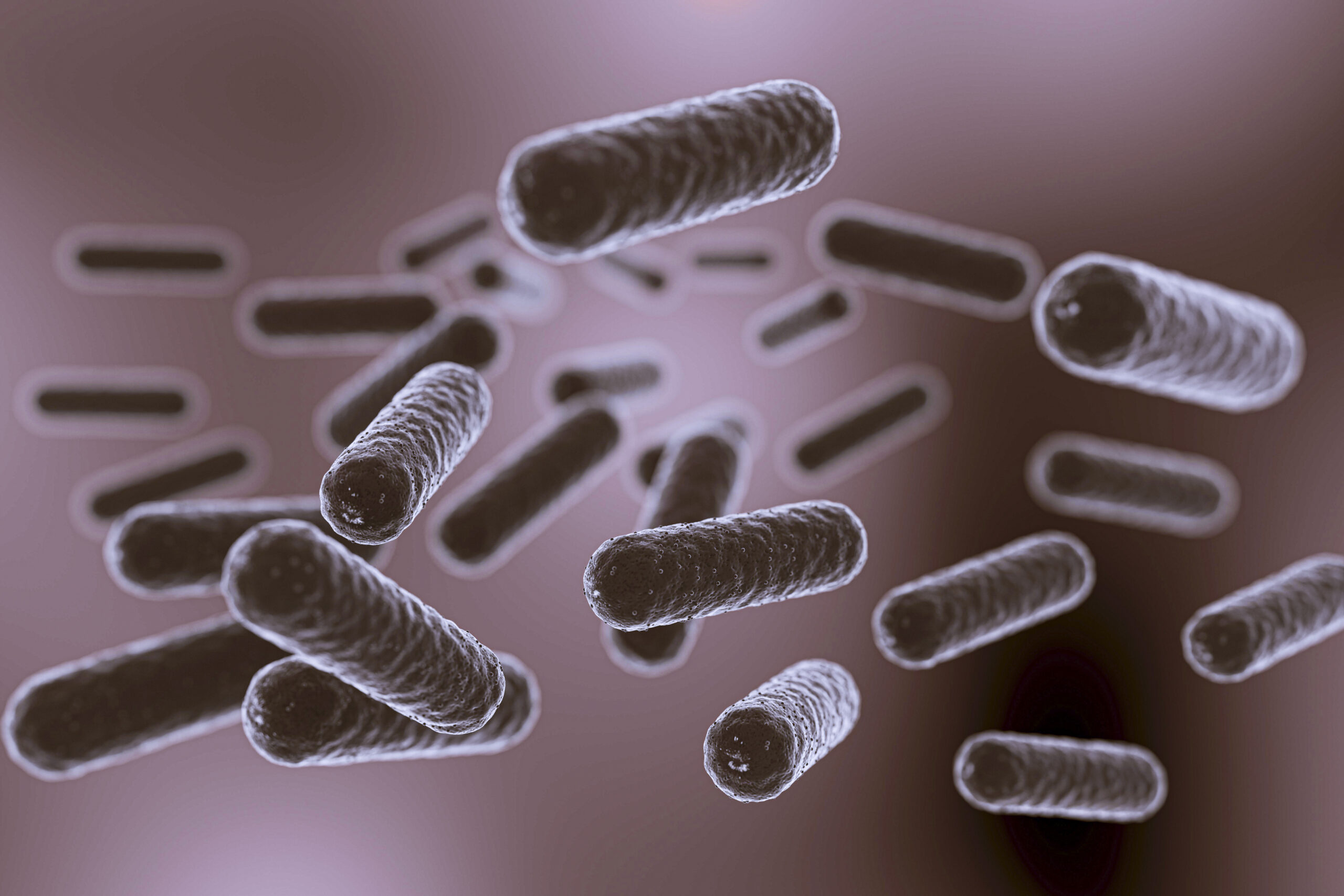
The reservoir of bacteria is the digestive tract of animals, from where it gets into the ground with feces. Infection appears as a result of contamination of the wound with bacteria. The gas gangrene bacilli develop in an oxygen-poor environment and thrive in deep wounds contaminated with oxygen-consuming bacteria. This bacterium produces numerous toxins and enzymes that cause tissue invasion, increase vascular permeability, and cause the breakdown of blood cells. Clostridium perfringens can also cause nosocomial infections and influence the gastrointestinal tract, causing food poisoning.
The incubation time is two to three days but may be as short as several hours. Cases of recurrent gas gangrene have been described. Clostridium perfringens spores can survive in tissues for up to 20 years after the onset of gas gangrene and, in the case of minor wounds that favor the development of anaerobic conditions, may cause recurrence of the disease. The disease does not spread between people.
Gangrene usually develops quickly. Symptoms![]() appear as early as 2 to 3 days after a limited blood flow or when anaerobic bacteria enter the wound. Sometimes, however, they may occur even after several weeks, especially in the case of deep body damage, where the metabolism of microorganisms is slower with limited access to oxygen.
appear as early as 2 to 3 days after a limited blood flow or when anaerobic bacteria enter the wound. Sometimes, however, they may occur even after several weeks, especially in the case of deep body damage, where the metabolism of microorganisms is slower with limited access to oxygen.
The most characteristic symptoms of developing gangrene are:
Necrotic changes in the affected tissue progress quickly, so immediate treatment is necessary. If no action is taken, the infected person develops diarrhea and vomiting. The constant presence of the Clostridium perfringens bacteria causes their toxins to enter the patient's bloodstream. It is a perilous consequence of this condition, which can cause toxic shock and death even within one day from the onset of visible symptoms.
The disease can usually be diagnosed![]() by characteristic symptoms and a history of trauma suggesting possible exposure to Clostridium perfringens. In doubtful cases, additional tests may be performed. The disease is confirmed by bacteria cultured from the secretion present in the wound blisters. Nevertheless, the waiting period for the results of this test is lengthy, and the condition progresses quickly. For this reason, there is no waiting time before deciding to start treatment, and it is used whenever a disease is suspected.
by characteristic symptoms and a history of trauma suggesting possible exposure to Clostridium perfringens. In doubtful cases, additional tests may be performed. The disease is confirmed by bacteria cultured from the secretion present in the wound blisters. Nevertheless, the waiting period for the results of this test is lengthy, and the condition progresses quickly. For this reason, there is no waiting time before deciding to start treatment, and it is used whenever a disease is suspected.
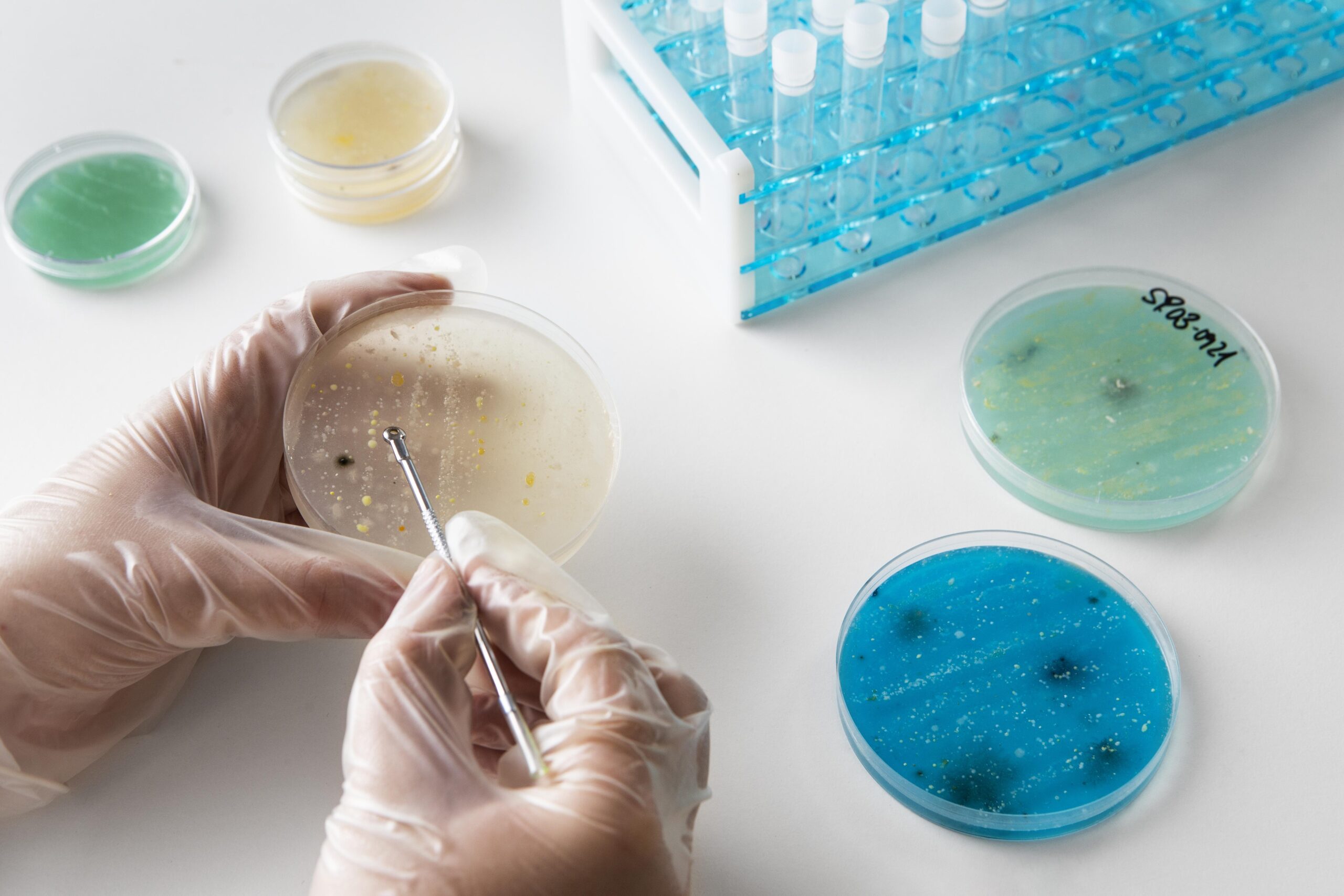
Gangrene therapy![]() aims to create the leading issue problem and decrease the spot where there is damaged tissue. It focuses on removing the influenced tissue, destroying the bacterial infection, and preventing further disorder development so that the individual may avoid disability or even death. Gangrene treatment can be divided into general and pharmacological.
aims to create the leading issue problem and decrease the spot where there is damaged tissue. It focuses on removing the influenced tissue, destroying the bacterial infection, and preventing further disorder development so that the individual may avoid disability or even death. Gangrene treatment can be divided into general and pharmacological.
This condition should always be treated in a hospital under the supervision of doctors in the surgical ward. Patients should drink plenty of fluids, especially if gangrene is accompanied by high temperature. They should use vitamin preparations and microelements. During infection, a high-calorie and protein-rich diet is significant, so damaged tissues can be rebuilt quickly. However, if there are exceptions, e.g., diabetes or atherosclerosis – then there should be a calorie reduction.
Pharmacological treatment involves patients taking:
In addition to general and pharmacological treatment, surgical treatment is also used. The surgical procedure mainly involves the removal of dead tissue, but sometimes several procedures are necessary as gangrene develops. Surgeons should also change the patient's dressing regularly. Unfortunately, there are circumstances when infection does not get better after any treatment procedures and it is crucial to amputate the entire limb or part of it. In that case, physical rehabilitation and psychological consultation are significant. Patients should have plenty of bed rest to control the development of necrosis and avoid possible infection.
Individuals with dry gangrene usually do well in managing the condition as long as there is no infection. These people lose some local function due to tissue loss, and if they have a persistent condition such as diabetes, they can re-develop dry gangrene. Generally, patients recover with minimal problems if tissue loss is minimal.
Gangrene is a hazardous disease. The mortality rate in untreated gangrene is exceptionally high. If appropriate treatment is used, the mortality rate drops. A disease that has been successfully cured usually leaves behind permanent disability in the form of body deformations or amputation of the limbs affected by the disease.
Gangrene is one of the most devastating diseases. A patient who survived gangrene requires long-term rehabilitation and reconstructive surgery.
In patients who have had gangrene with an unclear starting point, the doctor may order additional tests because it may be associated with cancer of the gastrointestinal tract or blood.
The essential factor preventing![]() the formation of gangrene is compliance with hygiene rules. In this case, it is about thoroughly cleaning wounds. If the wound is too deep and the patient cannot clean it themself, medical consultation or assistance from other medical personnel is recommended.
the formation of gangrene is compliance with hygiene rules. In this case, it is about thoroughly cleaning wounds. If the wound is too deep and the patient cannot clean it themself, medical consultation or assistance from other medical personnel is recommended.
If there is even the slightest injury, washing the skin with an antiseptic and applying an appropriate dressing is necessary.
If you have diabetes or another chronic condition that may induce atherosclerosis (hardening or thickening of the arteries), you must take special care of your feet.

Additional kilograms increase the probability of diabetes development. The extra weight also pressures the arteries, making blood flow slower. Reduced blood flow raises infection risk and induces slow injury recovery.
Eating an unhealthy diet (with increased fat consumption) can make any current atherosclerosis more harmful and increase the risk of acquiring gangrene. They include cholesterol, which generates more fatty plaques to build up in the arteries. There are two kinds of fat – saturated and unsaturated. Do not eat products and meals that incorporate saturated fats because they raise bad cholesterol levels in the blood.
Moreover, quit smoking or using tobacco. The long-term influence of tobacco harms the blood vessels.
Practice good hygiene. Remember about washing your hands. Moreover, clean any open wounds with a gentle soap and water.
Unless the specialist recommends otherwise, strive for at least 150 minutes of moderate-intensity physical activity weekly. Those are any activities that raise the heart and respiratory rate. It may make us sweat, but we can have a normal conversation. Examples of physical activity include:
Selecting enjoyable physical activities and bringing comfort is better because we are more likely to continue accomplishing them.
It is probably unrealistic to hit these training plans instantly if the individual hasn't exercised a lot. Let's try to begin slowly and unhurriedly increasing the number of workouts completed.
A significant treatment element is improving the general conditions that the body creates to heal the wound. In diabetic patients, this means compensating for glucose concentration disorders as much as possible. Unfortunately, this is not always possible because the presence of infected tissue causes spikes in blood glucose levels, creating a kind of feedback.
Supplementing nutritional deficiencies is necessary for improving the treatment conditions for a difficult-to-heal wound. Even slight malnutrition is associated with impaired healing processes. Such a patient can be fed orally – if possible – or intravenously.
A crucial element of the treatment of difficult-to-heal wounds is the surgeon's systematic inspection of the wound and, if necessary, the removal of necrotic tissue. The specialist may remove such tissues multiple times while treating one wound. After removing the necrotic tissue, the wound is left open, and its size is often much larger than the original. Ensure that the wound surface consists of living tissues.
Antibiotics are often administered intravenously but can also be administered orally or directly into the wound. Treatment in patients with infected wounds is focused on a specific microorganism isolated from the wound based on culture. In patients without signs of infection, broad-spectrum antibiotics are often used to avoid additional infection of tissues in the wound.
Developed conditions and tissue necrosis, despite surgical treatment, can demand amputation of the influenced limb or parts of it. It is an extreme form of treatment, but it is often the only way to stop the disease.
Table of Contents

Flatulence is the excessive accumulation and release of gases. See what are the causes of this condition. What to do… read more »

Cholecystitis is a medical term used to describe gallbladder inflammation. Often called acute cholecystitis by specialists, it is a condition… read more »
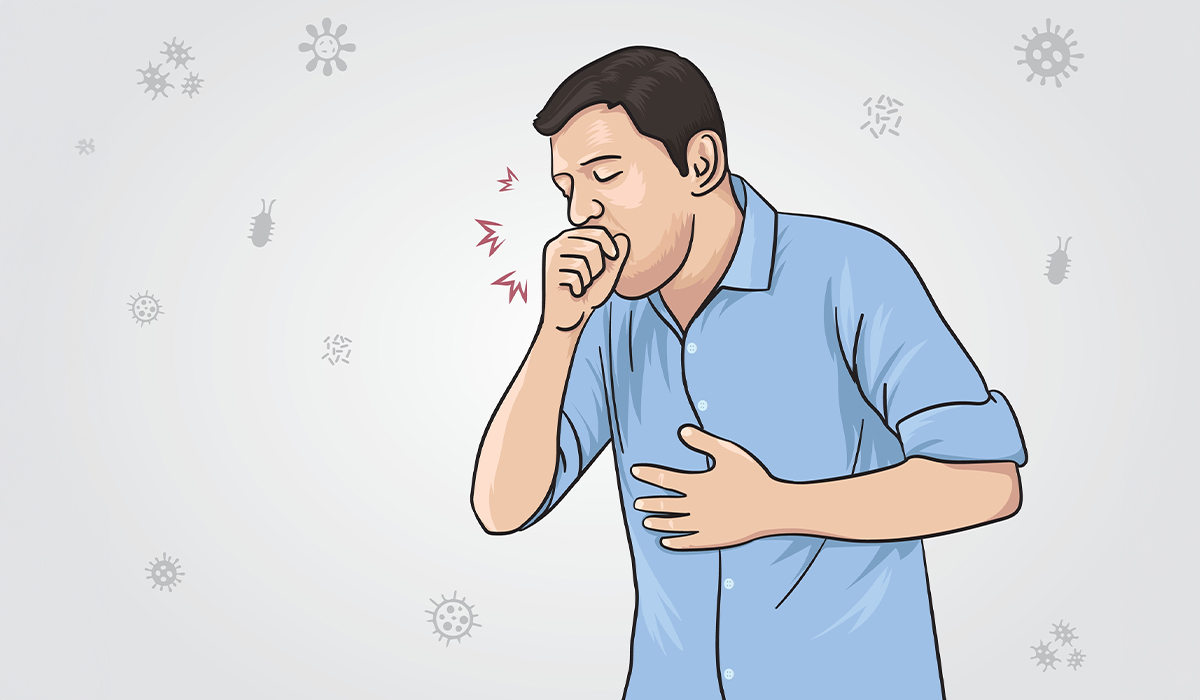
A dry cough is a situation in which the cough does not produce any secretions. What is it a symptom… read more »
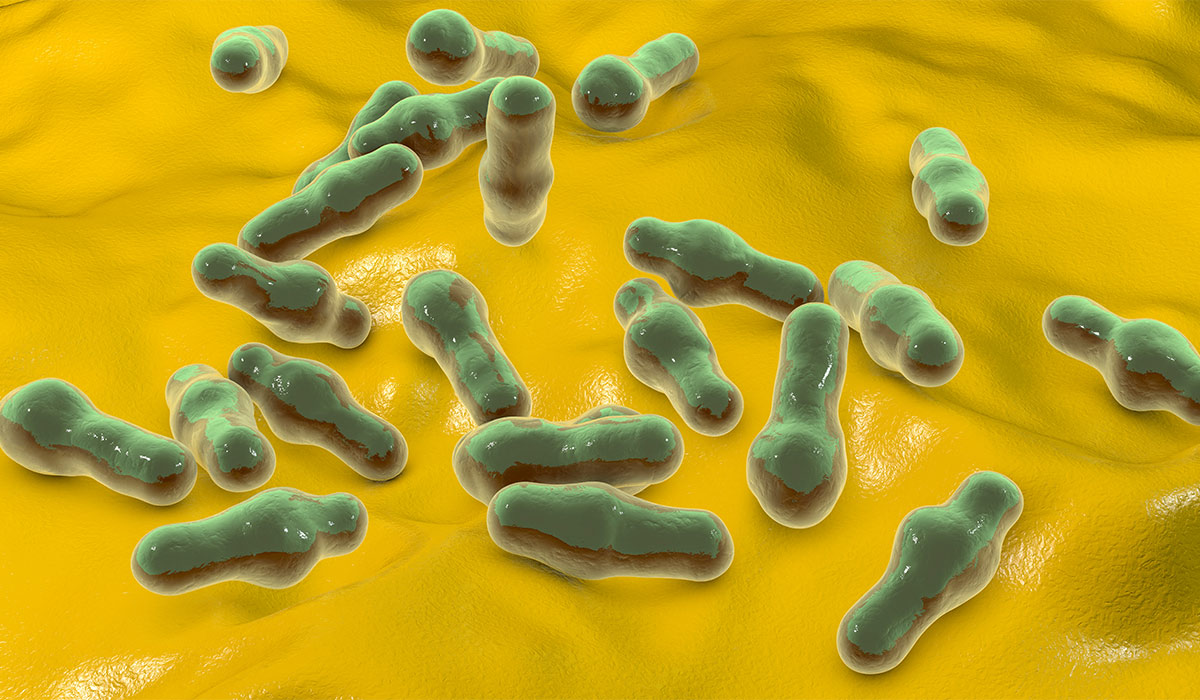
Necrosis refers to the death of cells constituting a body tissue. Dead or necrotic tissue can occur when blood supply… read more »

A dry socket may occur after tooth extraction, a procedure in which a tooth is removed from the socket in… read more »
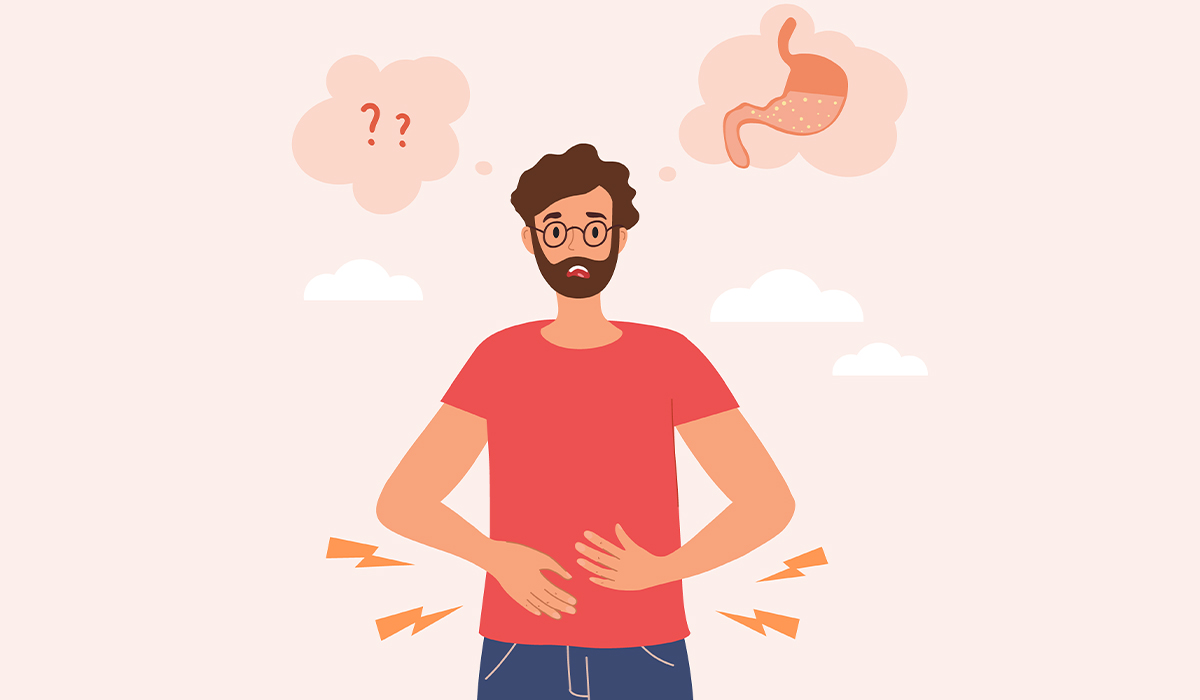
A bloated stomach is a condition characterized by a feeling of fullness, tightness, or swelling in the abdomen. What are… read more »

Botulism is a rare but dangerous disease that can lead to death. Find out how to avoid it. Learn about… read more »
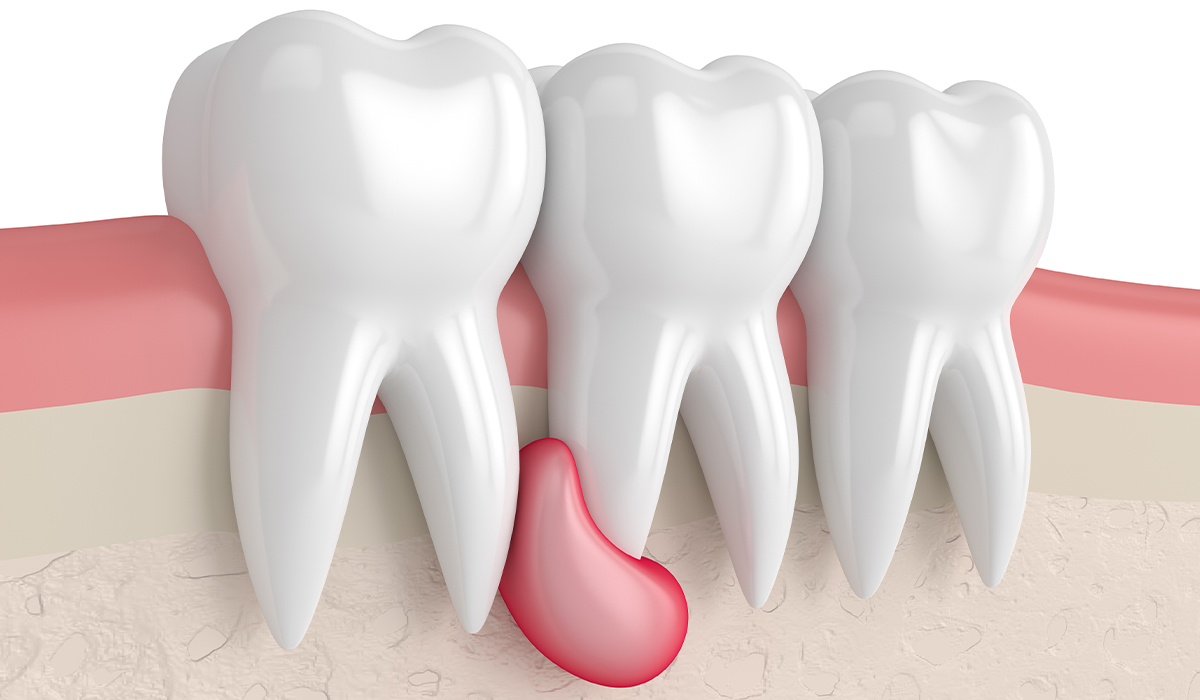
An abscess tooth is a painful dental condition characterized by a pocket of pus that forms due to a bacterial… read more »
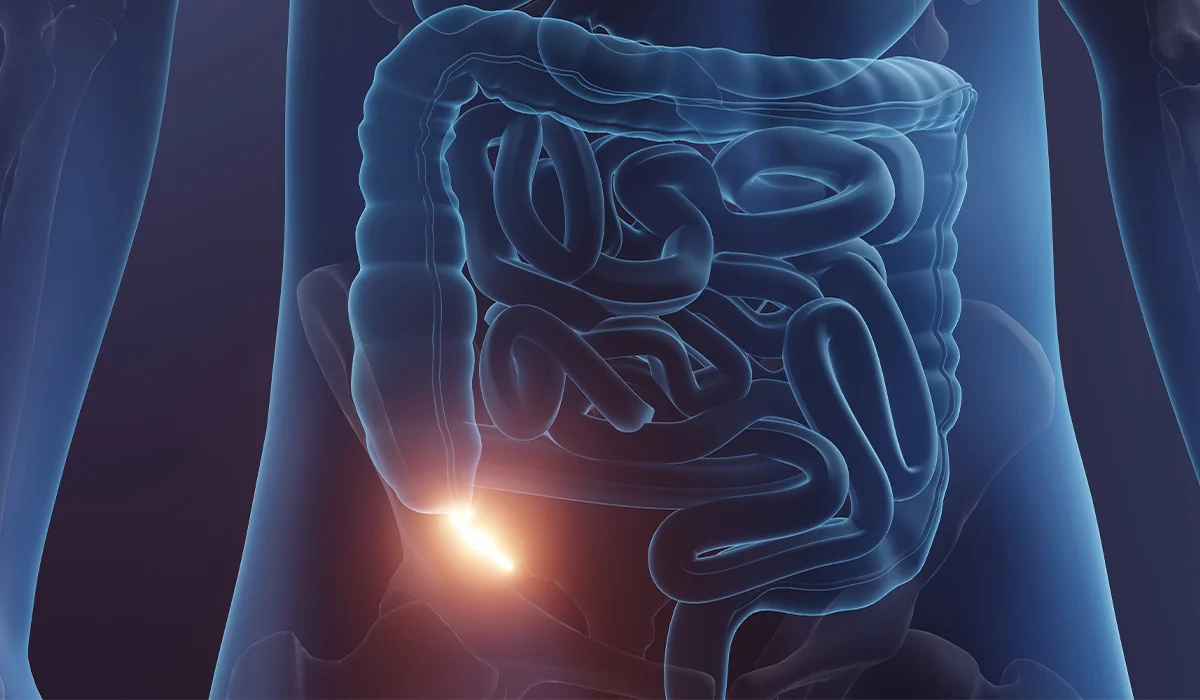
Appendicitis has various forms. Most often it appears as an acute inflammation requiring immediate medical intervention. Learn the most important… read more »